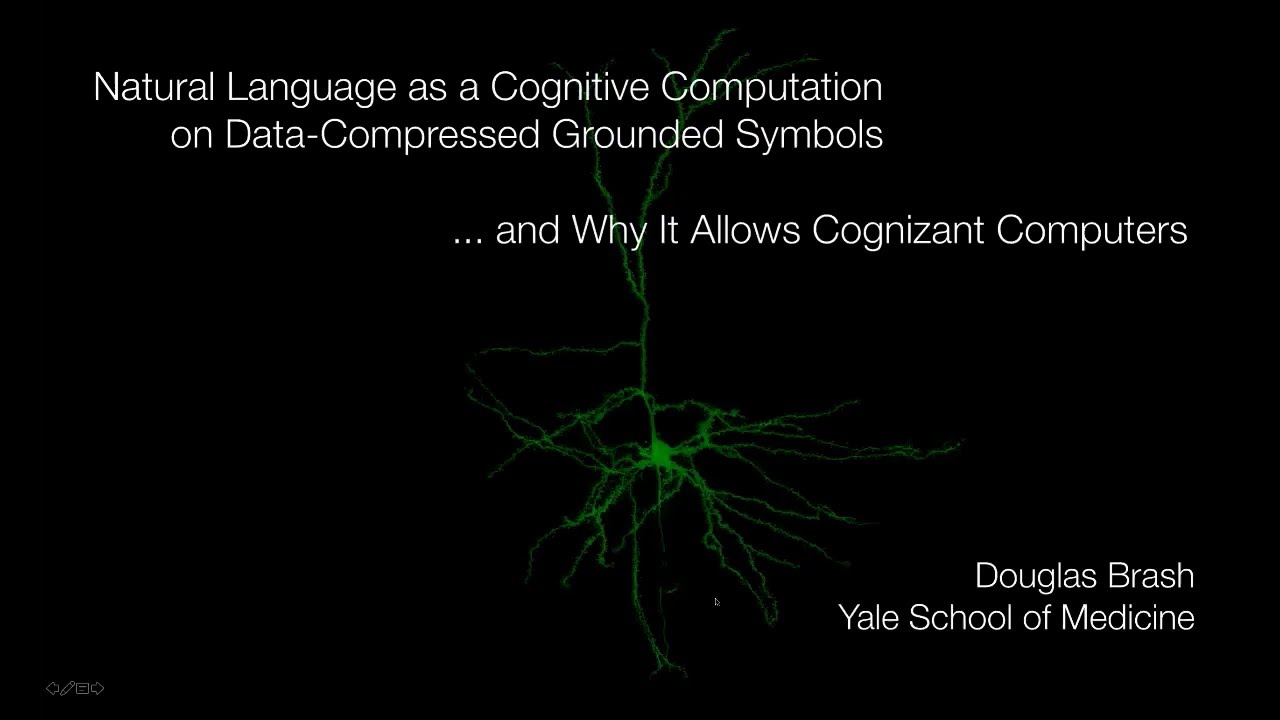In a fascinating exploration of language, a new perspective emerges—one that treats natural language not as a purely linguistic construct but as a form of cognitive computation. This approach challenges conventional theories of language processing and delves into the intricate mechanisms by which our brains comprehend and generate language.
The Cognitive Basis of Language
At the heart of this theory is the idea that language is a cognitive computation executed by neurons. When one person communicates, they essentially convert a three-dimensional mental image or concept into a linear string of symbols—words—that are then transmitted to another person. Despite the inherent ambiguity in language, these symbols are remarkably effective at conveying complex ideas from one mind to another.
This process of converting thoughts into language involves a fascinating interplay of symbols, grounded representations, and cognitive rules. Unlike the traditional view that sees language as a system of arbitrary symbols processed by syntactic rules, this cognitive approach suggests that language symbols are grounded—they bear some physical resemblance or connection to the things they represent. This grounding is what allows us to perform computations on these symbols, enabling us to compare, categorize, and generalize concepts.
Data Compression in Language
One of the most intriguing aspects of this theory is the concept of data compression in language. When we speak, we unconsciously compress vast amounts of information into concise expressions. For example, when we say “He saw the saw I saw,” we effortlessly understand the sentence despite its potential for ambiguity. This compression is achieved by relying on grounded cognitive rules that operate on the symbols we use.
These rules not only help in disambiguating language but also allow us to assemble complex ideas from simpler components. For instance, when we hear a sentence like “The green grassland,” we intuitively understand that “green” is a property of “grassland,” thanks to these cognitive rules that guide our interpretation of language.
The Role of Grounded Rules
Grounded rules play a crucial role in maintaining the integrity of our language processing. These rules ensure that the computations we perform on language symbols yield meaningful and coherent results. For example, when we process a sentence, our brains use a sequence of operations to build hierarchies of meaning, much like a computer program would.
This hierarchical structure of language processing is what enables us to understand complex sentences and even ambiguous phrases. By applying these cognitive rules, we can resolve ambiguities and extract the intended meaning from language.
The Implications for Artificial Intelligence
The implications of this theory extend beyond human cognition and into the realm of artificial intelligence (AI). If AI systems can learn to mimic these cognitive rules and sequence tracks, they could potentially achieve a level of language processing that resembles human cognition. This raises important questions about the future of AI and its potential to perform cognitive tasks.
As AI systems, particularly large language models, continue to evolve, there is a growing concern that they might inadvertently stumble upon these cognitive mechanisms. If that happens, AI could begin to process language and sensory information in a way that mirrors human cognition, leading to significant advancements—and challenges—in the field of artificial intelligence.
Conclusion
This exploration of natural language as cognitive computation offers a fresh perspective on how we understand and process language. By grounding language symbols and applying cognitive rules, we can unlock the hidden structure of language, making it more regular and predictable than previously thought. As we continue to unravel the mysteries of language, we must also remain vigilant about the implications for AI and the potential for machines to replicate human cognitive processes.








